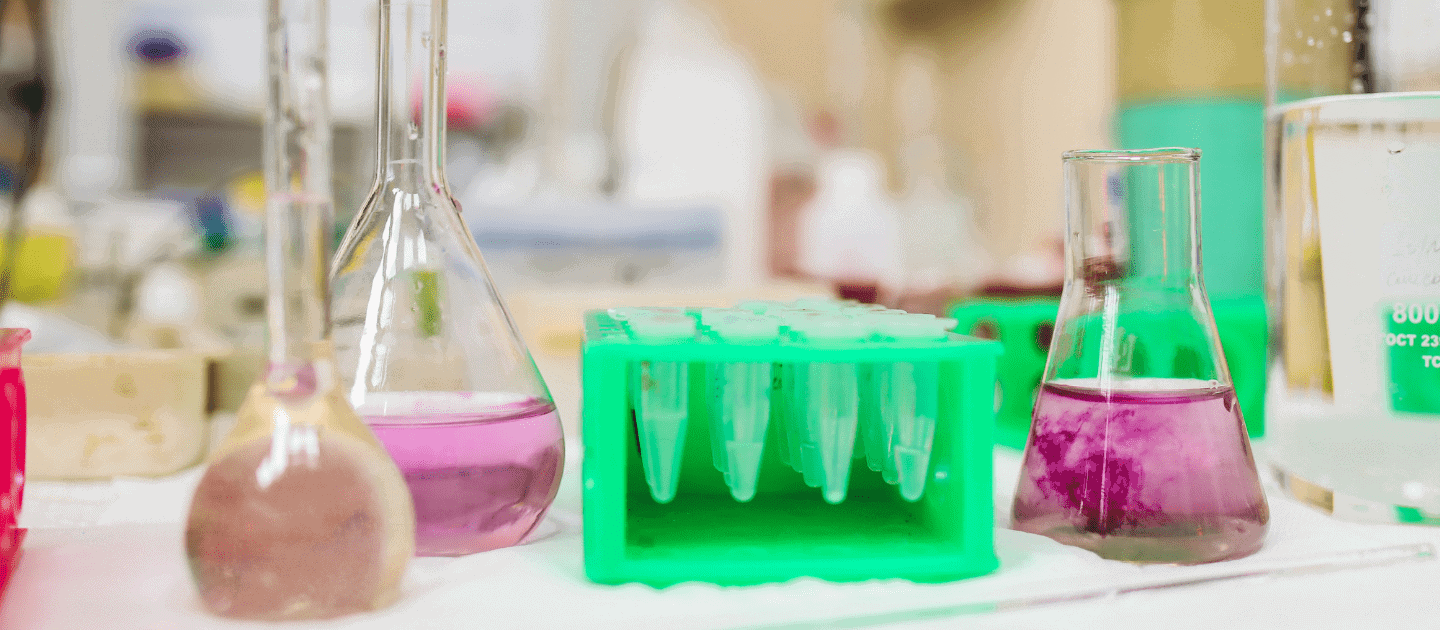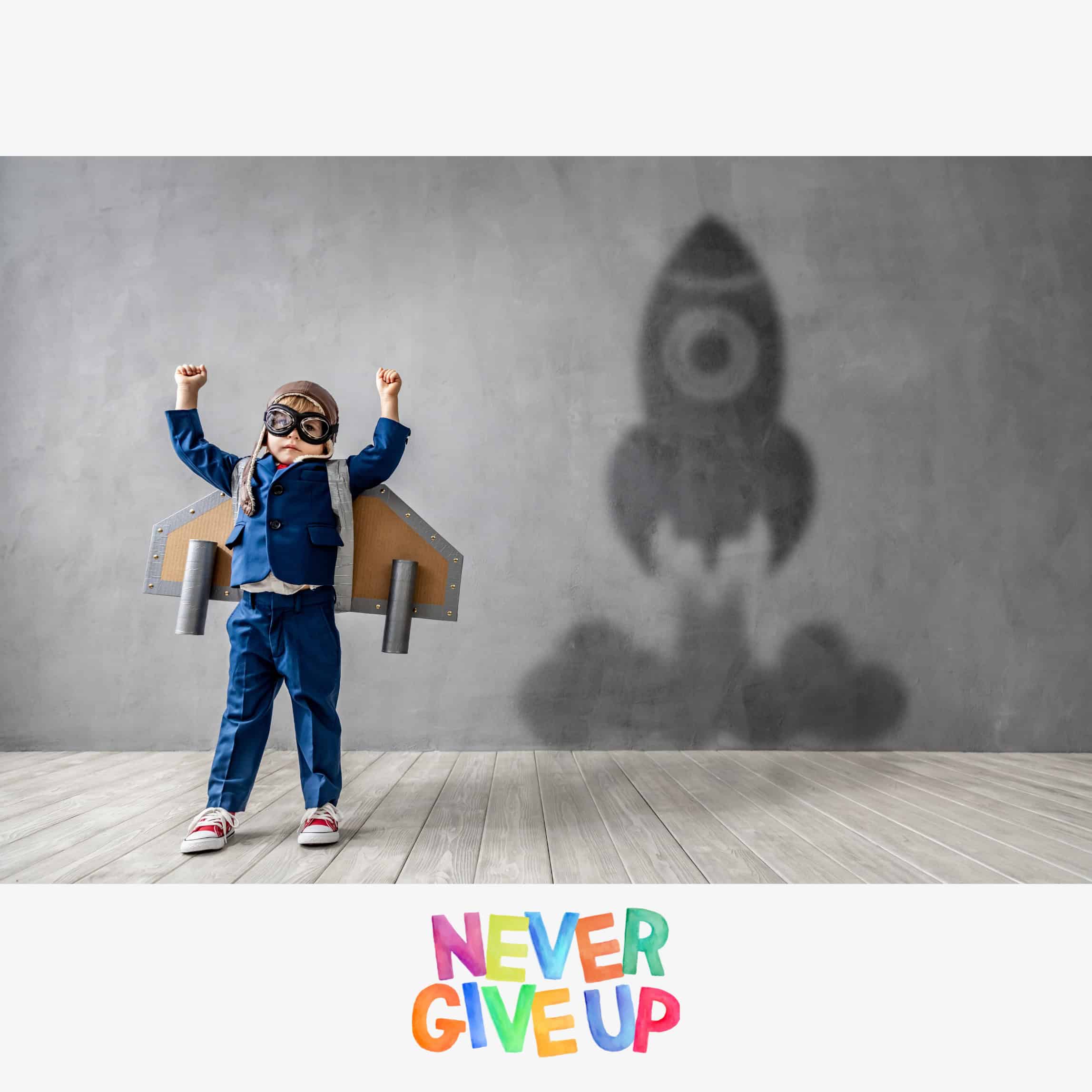
The Moderating Role of Transformational Leadership on Instructional Leadership Professional Learning
As educators, we must consider our collaborative planning, teaching, and assessment practices for Special Educational Needs (SEN) students to establish a deliberate connection between their Individual Education Program (IEP) and mainstream science objectives.
25 Jan 2025


